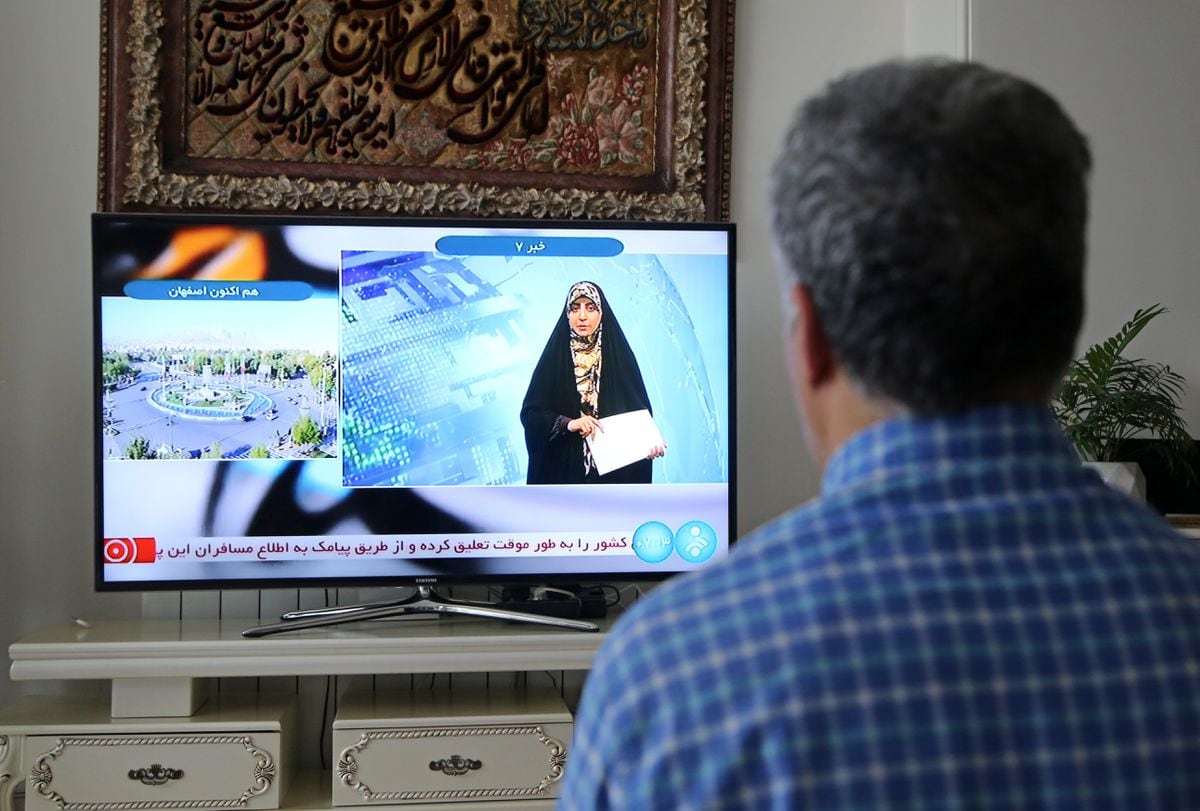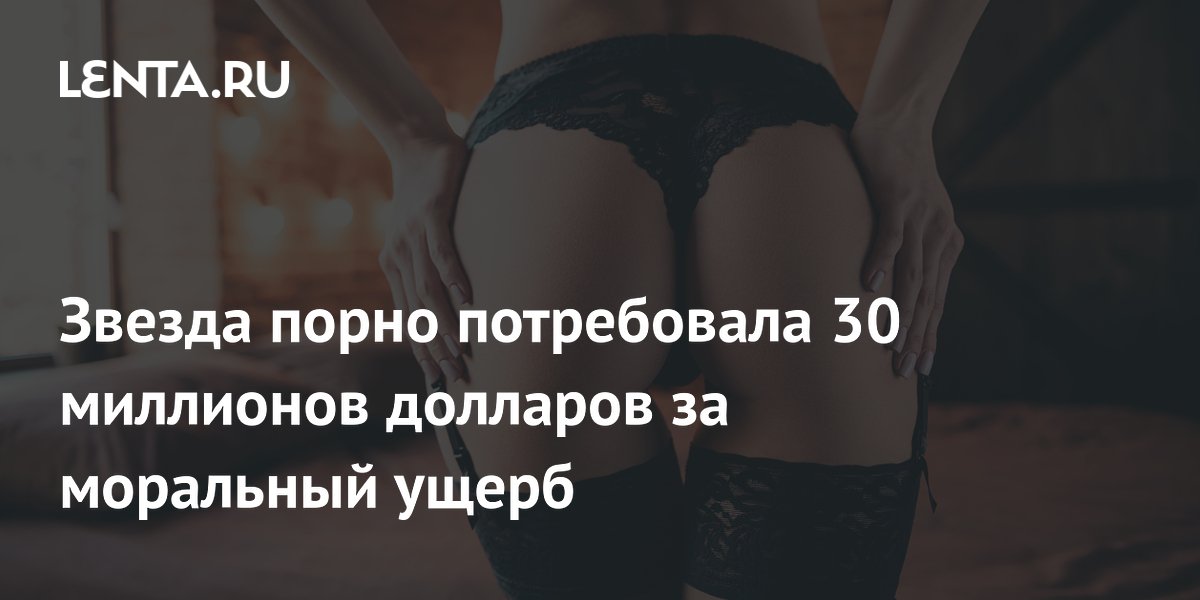Ville Puhakkaa, 25, and Kaisa Peuraa, 23, are annoyed by the confrontation between farmers and consumers. That’s why they want to tell you how and with what ideas they do their work on a dairy farm.
In December in the morning the frost meter drops to twenty degrees when Ville Puhakka, 25, lights a fire in his home oven. Puhakka and his wife Kaisa Peura, 23, have stopped working in the barn this morning.
They run the Liepala dairy farm in the easternmost municipality in Finland, Ilomantsi. The farm is located in the village of Huhus on top of a hill with a beautiful winter landscape. The gaze carries far over the snowy fields to Lake Koitere and its islands.
We are now far from large population centers – and really small ones. The nearest neighbor is a mile away, and even within a three-mile radius there are only three houses. The nearest shops, school and health center are located 40 km from the center of Ilomantsi.
Ville Puhakan The ancestors have been cultivating the Liepala farm since 1768. Puhakka and Peura are the tenth generation of farmers on the farm. Now they are preparing to share the ideas with which young farmers are doing their job.
Ville Puhakka, 25, and Kaisa Peura, 23, are the tenth generation of farmers on the Liepala farm.
Those ideas are of interest, as the couple has taken on the farm at a time when the big topic of discussion is climate change and the impact of agriculture on it. Agriculture, from which a couple of farmers in their twenties should make their living for decades to come.
Read more: Finland aims to reduce agricultural emissions by 29 percent by 2035
Rest and Deer develop their dairy farms in ways of their own generation. They talk about responsibility, carbon sequestration and renewable energy. Both have graduated as agrologists this year, so they have fresh lessons in their pockets.
“As a new one, it’s easier to leave. We have no prejudice that we have been doing this for 20 years, so why should this change. We can take over new things and start doing them, ”says Puhakka and sits at the table.
“We do not deny that there will be climate change or that agriculture will not become emissions. All we have to do is do things as little as possible. There has to be a willingness to innovate, to do things wisely and to be responsible. ”
In the living room kitchen, the baking oven brings warmth on frosty days.
“For our generation, those things are a matter of course,” adds Kaisa Peura.
He publishes updates on his work on his Instagram account almost daily, as he sees the confrontation between producers and consumers as a major problem.
“I would like to bridge the gap between the consumer and the producer. Showing consumers what we are doing is removing misconceptions and giving information that agriculture is really trying to develop. Confrontation slows it down, ”says Peura.
The calves come to Kaisa Peura to be scrambled.
Ville Puhakka became the owner of the Liepala farm when he was only 18 years old. Puhaka’s father wanted Vile, who would succeed him, to make decisions about his own future. They formed an agricultural group and built a new yard barn. At the same time, Ville Puhakka bought most of the space from his father.
Puhakka was an 18-year-old young man with a loan of about one million euros.
Ville Puhakka and Kaisa Peura met each other while studying to become agrologists at Seinäjoki University of Applied Sciences. Growing on a beef cattle farm in southern Ostrobothnia, Deer was ready to move from the plains to the dangerous landscape of the eastern border. The move also meant dream work for him among the animals.
Now the young couple has been piloting the space together for a couple of years. Their barn has 61 dairy cows and forty heads of young cattle. The host is responsible for the field work, the host is responsible for the cows. The barn work is done together. Puhakka’s father also helps with the farm’s work.
In the yard barn, the cows are allowed to move freely. The couple makes sure there is enough to eat for the cows that have come to feed.
When the couple took over the farm, they thought together what things to invest in the farm. The first on the list were the cows – Kaisa Peura’s eyeballs. Particular attention was paid to their health.
The couple, together with a veterinarian, drew up a preventive treatment plan for the health of the cows. This meant, among other things, regular hoof treatments and improvements to the barn conditions, such as increasing the drying of sleeping parlors and grooving the concrete corridors, which reduced the slipperiness of the cows.
The investment has produced results: the general health of the cows has improved considerably.
Ville Puhakka and Kaisa Peura in the hall of their barn.
Now the couple is considering outdoor activities for their cows. In the yard barn, the cows are allowed to move, but they cannot get out. Although the barn is only six years old, according to Puhakka, there was not much talk about the importance of outdoor activities during its construction phase.
Now let’s talk. Therefore, Puhakka and the Deer wondered if they would build a cowshed for cows next to the barn or a grazing facility in the nearby field. Both have their own challenges, but the couple would like to let their cows out because it’s good for the cows.
“The better our animals are, the easier it will be to become profitable,” says Puhakka.
On the Liepala farm, a milking robot takes care of the milking of the cows.
According to him, it is both economically viable and good for the environment if the production of the farm is efficient.
“And efficiency does not mean taking as many liters of milk as possible from animals, but using resources efficiently,” he explains.
“For example, a field that is in good condition and growing well binds carbon better than that left over.”
Rest has studied techniques to make fields sequester carbon as well as possible.
“On a livestock farm like ours, where the fields are cultivated only with grass with a variety of grass mixtures and the fields are plowed only every four to five years, that cultivation is basically coal cultivation. Livestock farms have always done it, but it is simply not known. ”
Read more: Coal farming reduces agricultural emissions, but would it be an investment product? S-bank believes it is
The efficient use of resources is also the fact that, for example, only the required amount of fertilizer and feed is used, not extra for safety.
Puhakka has also sought to reduce the mileage of its work machines and save fuel. He has acquired fields close to his own from the farms that have closed down. Thus, he has been able to give up his own farthest fields, even 30 kilometers back. Now about 70 percent of the fields are within a ten-kilometer radius of the farm.
In March 70 solar panels were installed on the roofs of the barn and hall in the Liepala farm. According to Puhakka, they generate about 20–30 percent of the farm’s annual electricity consumption. There is little joy in the panels in December, but the surplus electricity generated in the summer was sold to the public electricity grid.
“Soon the first year has passed and you may want to consider adding them. They have been good, ”he praises.
Liepala farm is located on a headland on a hill by Lake Koitere.
The young host is following the development of other new technologies with great interest. He hopes, for example, that the equipment of biogas plants will develop rapidly so that the plant will be possible on farms the size of their own farm.
“Manure and fodder from your own farm would become heat and electricity. If it could still be used as a fuel suitable for transport, so that even if the loader could run on gas, it would be really interesting. From both an economic and an environmental point of view, ”says Puhakka.
Tilan during his tenure, the young master has reduced his debt sharply and has sometimes had to take it further. Puhaka now has a loan of about 600,000 euros left. The couple wants to develop their space in a more environmentally friendly direction, but the related investments also pay off. Investments should show up in revenue.
Deer and Puhakka are happy that the value of domestic and locally produced food has risen. They hope it will also be reflected in consumer choices.
However, more and more of the couple’s peers are pouring oat milk into their coffee instead of cow’s milk and opting for meatless options on their plate. It doesn’t hurt the couple.
“There’s no attempt here to tease anyone that they should drink milk and eat meat. I don’t find it problematic that someone wants to use even oat-based products instead of milk. The goal is that whatever product you choose from the food circle, it should be domestic, ”says Kaisa Peura.
“It’s more important to us than whether the product is milk, meat or vegan. It is better to choose Finnish food that is produced responsibly and to help Finnish farms develop their own production. ”
A young Tuikku cat sleeps in a rocking chair.
.
#Agriculture #Ville #Puhakka #Kaisa #Peura #fell #love #school #bench #pursuing #common #dream #rest #settlement #debts #euros #necks







